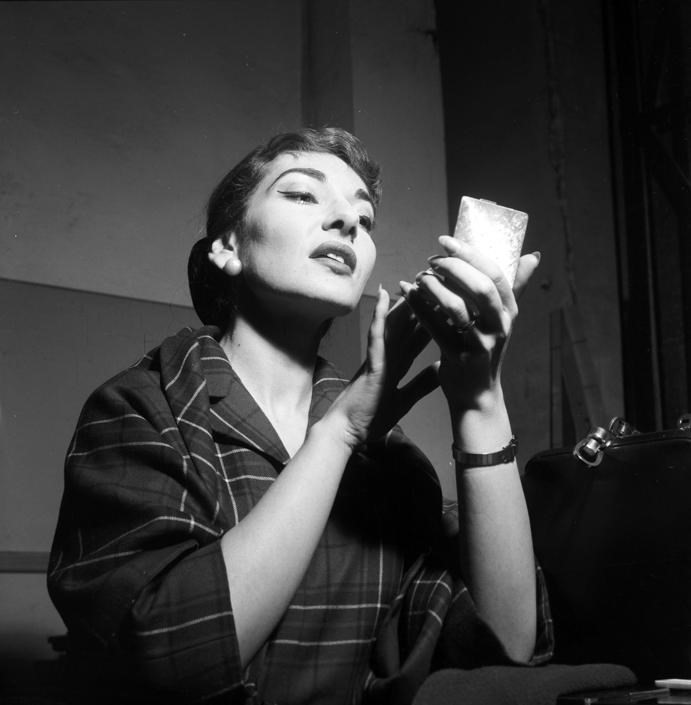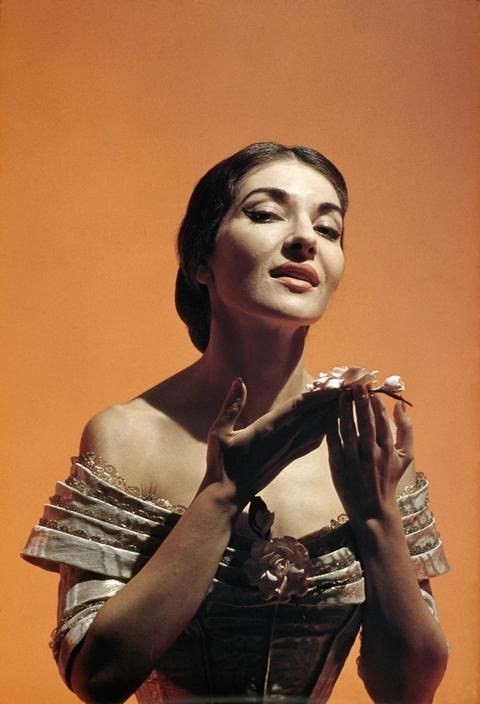“Don't talk to me about rules, dear. Wherever I stay I make the goddamn rules.” We remember the singular style icon who let nothing stand in the way of her artistry
Over the course of her relatively short-lived career, legendary opera singer Maria Callas – known for her commanding stage presence and tireless work ethic – left a lasting mark both on the art form and the world at large. From her star turns in such works as Verdi's Aida, Bellini's Norma, and Cherubini's Medea, Callas charmed audiences on both sides of the Atlantic with her dynamic voice and ability to breathe fresh life into whatever role she embodied. The American-born Greek soprano also paved the way for the revival of the bel canto singing style, a contribution that has not gone unnoticed within the opera world. Despite facing vocal limitations, criticism over her weight, and the lingering memories of a difficult childhood scarred by sibling rivalry and her parents’ divorce, Callas was born to perform – and so she did, with consummate power and grace before her premature death by heart attack in Paris. So impactful was her image and presence that it has even found itself printed upon Marc Jacobs S/S16 collection over half a decade after her death; today, we honor the charismatic diva whose legacy remains as strong as ever.

Defining Features
Whether draped in pearls or donning dark red velvet, as she did for her final performance in Tosca at London’s Covent Garden on July 5, 1965, Callas exuded sophistication. And as her career blossomed, so too did her wardrobe: her operatic roles brought forth an array of equal parts dazzling and dramatic costumes and jewellery fit for stages around the world. In addition to her frequent collaborations with Milanese dressmaker, Madame Biki, celebrated designers such as Christian Dior, Lanvin and Yves Saint-Laurent contributed their visions to her on-stage ensembles.
Callas’s dark features and distinctive profile lent her an air of mystery further enhanced by the dramatic aura she brought to the stage. Old photographs of the singer – many of which also feature her beloved miniature poodle, Toy, in her arms – show her looking equally glamorous in ethereal gowns, luxurious furs, form-fitting skirt suits, voluminous capes and over-the-top costumes (complete with hairpieces and wigs of every kind). Just as Callas commanded the audience’s attention the moment she opened her mouth, so too did her evidently excellent taste in clothing turn heads from Milan to the Met.

Seminal Moments
Born to Greek parents in 1923 at Manhattan’s Flower and Fifth Avenue Hospitals, Maria Callas (born Kalogeropoulos) wasted little time honing the craft that would come to define her life and career: she started singing for schoolmates by age nine, inspired by her family’s extensive collection of opera records. After receiving more formal training in Greece at the urging of her mother, Callas’s natural talent soared to new heights, and she eventually made her professional debut performing a small role in Suppe’s Boccaccio with the Athens Royal Opera in 1939.
As critical attention increased with each subsequent role, Callas’s rise to international stardom was tempered by a series of setbacks. Her weight proved a source of perpetual anxiety and occasionally precluded her from being cast in the best operatic roles of the era; accusations of her breaking contracts or acting erratically before show time earned her a reputation for a diva-like behavior; and her notorious romantic entanglement with Aristotle Onassis, the Greek shipping magnate who would go on to marry Jacqueline Kennedy, courted public controversy. Some critics even complained that her voice lacked the fullness and high register reach needed to stake one’s claim as a true soprano.

Yet these challenges only further fuelled Callas’s determination to thrive – rather than denounce her flaws, she used them to stand out from her operatic competitors. She fully immersed herself in each new role, honed her musicianship and acting chops, and mastered the art of the gesture. In short, she ensured that having seen her but only one time, the memory of her striking performance would not soon fade. Opera for Callas moved far beyond the mere act of singing and extended into the dramatic, theatrical realms where she utterly came alive. By the time she made her United States debut in 1954, with the Chicago Lyric Opera in the role of Norma, box office lines formed around the block filled with new fans eager to witness the independent-minded master at work.

She’s AnOther Woman Because…
Following her last public performances in the Met’s Tosca in 1965, Callas took an extended hiatus from performing, reappearing briefly to teach a master class series at New York’s Juilliard School in 1971. Even as her voice and health waned, eventually culminating in her early death in Paris at age 53, her legion of fans and admirers has only grown. After all, without Callas and her revival of the increasingly neglected bel canto repertory, who knows whether such star singers as Joan Sutherland, Beverly Sills, and Marilyn Horne – the next generation of powerful, talented women in opera – might have emerged? For the magic, myths, and legends she left behind for opera lovers everywhere, and for charting her own course in her chosen industry rather than following in others’ footsteps, Callas has cemented her status as an AnOther Woman. As Callas herself said when asked about her provocative persona and performance style, “Don't talk to me about rules, dear. Wherever I stay I make the goddamn rules.”
